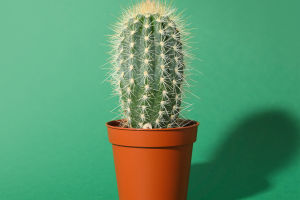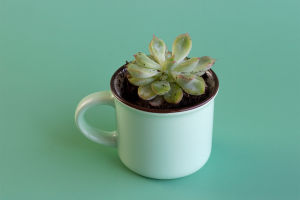Rose celebrated in poems, cherished by lovers, and cultivated by gardeners worldwide. Its universal charm transcends cultures, appearing on street corners, in art, on clothing, and in vases adorning homes.
But why is this iconic flower so deeply adored? Let’s explore the enduring appeal of roses.
Origins
The rose is a perennial plant with over 300 species. According to Encyclopedia Britannica, fewer than 10 species of roses—primarily native to Asia—have given rise to the vast array of beloved varieties we see today.
A Global Presence
Roses are also native to Europe, North America, and parts of North Africa. Incredibly, fossilized roses found in the United States date back 35 million years.
Botanical Characteristics
Roses are woody-shrubs with climbing and trailing varieties. Their thorns, or “prickles” as botanists call them, serve as a defense mechanism, deterring animals attracted to their vibrant colors and intoxicating fragrance.
Cultural Significance of Roses
Over centuries, roses have become a symbol of beauty, spirituality, and love across cultures.
Symbolism Across Beliefs
India: The cosmic rose embodies the divine mother’s strength, beauty, and wisdom.
Hindu & Buddhist Culture: The inner layers of the rose are seen as a mandala guiding toward enlightenment.
Muslim Culture: The rose’s fragrance symbolizes the sacredness of the soul.
Catholicism: Roses are associated with the Mary and are referred to as the “odor of sanctity.”
Universal Sign of Romance
From France to Japan, roses epitomize romance. Interestingly, the rose is also the floral emblem of the United States.
The Language of Flowers
Victorian England gave roses a secret language, allowing people to convey emotions without words.
Meaning of Colors
Red roses: "I-love-you."
Pink roses: Elegance and friendship.
Yellow roses: Jealousy or infidelity, often signaling the end of a relationship.
Lavender roses: Mystery.
Even the number of roses sent carries significance, making every bouquet a nuanced message.
Food, Drink, and Medicine
Roses go beyond ornamental beauty; they’re also a culinary and medicinal delight.
In Culinary Traditions
Edible Roses: Organic petals can enhance salads, desserts, and teas with color and fragrance.
Rose Water: A staple in Middle Eastern and North African sweets like baklava and Turkish delights.
Rose Hips: Rich in Vitamin C, rose hips are used in marmalades and teas.
In Folk Medicine
Chinese Medicine: Roses are used for stomach ailments and menstrual relief.
Aromatherapy: Studies suggest rose fragrance can boost alertness and energy.
15 Facts About Roses
Video by Fun & Facts
Vulnerabilities
Roses are not without challenges, facing threats from pests, fungi, and climate change.
Common Issues
Diseases: Powdery mildew, rust, and aphids can damage roses.
Environmental Vulnerabilities: A warming planet and unsustainable farming practices strain rose cultivation.
Early Warning Systems
Dear Lykkers, rose bushes planted in vineyards act as indicators of disease, offering an early warning to farmers about potential threats to their crops.
Lots to Love About Roses
The rose flower captivates with its beauty, cultural significance, and versatility. Whether as a token of love, a culinary ingredient, or a medicinal remedy, roses continue to influence human life in profound ways. The deeper you delve into the history and uses of roses, the more their universal appeal becomes clear.


